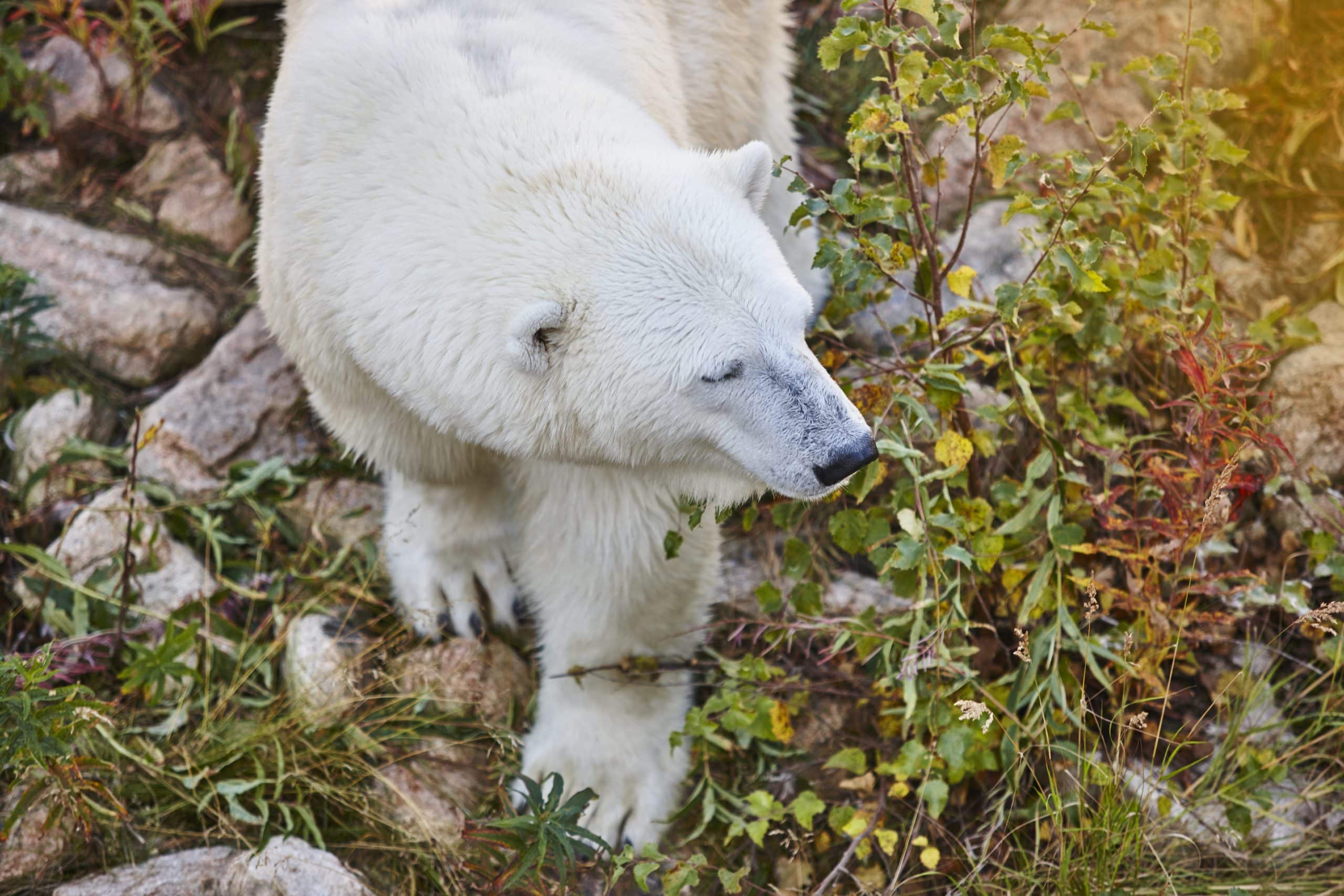How to design real estate projects that facilitate and enhance local wildlife corridors?

As the world progresses into an era of rapid urbanization, the delicate balance between human habitation and wildlife preservation is often tipped in favor of the former. However, a new movement is underway in the realm of urban planning and real estate development—designing projects that not only coexist but also enhance local wildlife corridors. This article provides a comprehensive guide on how to design such projects while keeping the welfare of our wild neighbors at heart.
Incorporating Concepts of Green Infrastructure
Green infrastructure is a strategic approach that involves integrating green spaces within urban settings. This concept doesn’t merely present an aesthetic benefit but plays a crucial role in the preservation of wildlife corridors.
En parallèle : How to leverage cloud computing for real-time management and analytics in real estate portfolios?
Real estate projects can significantly contribute to this initiative by recognizing the local fauna and flora’s needs and embedding this knowledge in project designs. For example, maintaining local water bodies or designing buildings that take advantage of the natural topography can create habitats for local species. Moreover, planning green spaces such as parks, community gardens, and green roofs can not only make the built environment more attractive but also provide essential feeding and breeding grounds for a variety of wildlife.
Fostering Connectivity with Wildlife Corridors
Wildlife corridors constitute an integral part of natural ecosystems, facilitating wildlife movement, fostering genetic diversity, and aiding species survival. They are like highways for animals, allowing them to travel between different habitats safely. Real estate development, unfortunately, often disrupts these natural pathways.
Lire également : What are the critical success factors for real estate investments in post-industrial cities?
However, with adequate planning and foresight, projects can be designed to both accommodate human needs and facilitate wildlife movement. For example, structures such as wildlife overpasses or underpasses can be incorporated into the design to provide safe passage for animals. Allocating green spaces in strategic locations can create stepping stones for smaller species, while preserving patches of natural vegetation can serve as nesting or resting sites for birds and insects.
Implementing Sustainable Construction Practices
Sustainable construction practices can significantly reduce the impact of real estate development on local wildlife corridors. This involves the use of eco-friendly materials, reducing waste, and minimizing disturbance to local ecosystems during construction.
One approach is to adopt a ‘design with nature’ philosophy, where the natural landscape’s features guide the site plan. This could mean preserving significant trees or adapting the building design to the slope of the land. Additionally, using local, sustainable materials can reduce environmental impact and blend the project into the local landscape.
Monitoring and Management of Wildlife
Monitoring and management strategies for local wildlife are essential for any real estate project aiming to facilitate and enhance wildlife corridors. These strategies involve regular surveys and tracking of local wildlife to evaluate the project’s impact on their habitats and movements.
Adequate monitoring can help identify any potential issues early and devise appropriate solutions. For instance, if a particular species is seen avoiding a newly constructed underpass, it may be necessary to modify the structure or create alternative routes for the animals’ safe passage.
Effective management strategies also involve community participation. Educating residents about the local wildlife and encouraging their involvement in conservation activities can foster a sense of stewardship and ensure the project’s long-term success.
Collaborating with Environmental Experts
The design and implementation of real estate projects that facilitate and enhance local wildlife corridors require a broad range of expertise. Collaborating with environmental experts such as ecologists, wildlife biologists, and landscape architects can provide valuable insights into local ecosystems, the needs of resident wildlife species, and the best ways to incorporate these into the project design.
Such interdisciplinary collaboration can result in more innovative solutions, such as creating ‘living buildings’ covered with plants that provide habitats for birds, bats, and insects, or designing outdoor lighting that doesn’t disrupt nocturnal wildlife.
In conclusion, designing real estate projects that facilitate and enhance local wildlife corridors is not just about preserving natural habitats but creating spaces where humans and wildlife can thrive side by side. It’s about recognizing that we are part of a complex, interconnected ecosystem and designing our living environments to reflect this understanding.
Adopting Low-Impact Development (LID) Techniques
Low-Impact Development (LID) techniques are an innovative approach aiming to manage stormwater runoff in a manner that mimics the natural hydrological process. The purpose of these techniques is to minimize the impact of development on water quality and natural habitats, thus benefiting local wildlife corridors.
In the realm of real estate development, LID techniques might involve using permeable paving materials in parking lots or walkways to allow stormwater to infiltrate the ground, or creating bio-retention areas such as rain gardens to naturally filter stormwater runoff. These techniques not only improve water quality but also provide additional green spaces that can serve as habitats for a variety of wildlife species.
Vegetated swales or drainage ditches can be incorporated into the landscape design to slow down and filter stormwater, reducing the risk of erosion or habitat loss. Similarly, green roofs can be designed to capture and slow down stormwater, while also providing habitats for birds and insects.
Another critical aspect of Low-Impact Development is the efficient use of land, which can limit habitat fragmentation and preserve larger continuous areas of natural landscapes, benefiting wildlife movement and biodiversity. Therefore, when designing a real estate project, it’s crucial to minimize land disturbance and avoid encroaching on sensitive habitats, such as wetlands or nesting sites.
Increasing Awareness and Advocacy
Promoting awareness about the importance of wildlife corridors and the steps people can take to support them is vital in creating sustainable urban environments. Real estate developers have a unique opportunity to play a significant role in this advocacy.
One way developers can contribute is by promoting environmental education and awareness among residents. This might involve creating informative materials about local wildlife and their habitats or organizing community events centered around conservation activities. Developers can also include interpretive signage throughout the property to educate residents about the importance of the green spaces and how they contribute to local wildlife corridors.
Advocacy can also be directed towards influencing policy. Developers can work with local governments to advocate for policies that support green infrastructure and wildlife corridor preservation, such as zoning regulations that incentivize sustainable development or conservation easements that protect natural habitats.
In conclusion, real estate development doesn’t have to be incompatible with wildlife preservation. With thoughtful planning, collaboration with environmental experts, and implementation of green infrastructure, low-impact development techniques, and sustainable construction practices, we can create urban environments where both people and wildlife flourish. Moreover, by promoting awareness and advocacy, we can ensure that these initiatives are maintained and supported in the long term. The future of urban development lies in embracing our role as stewards of the environment, creating spaces where humans and local wildlife can thrive side by side.
